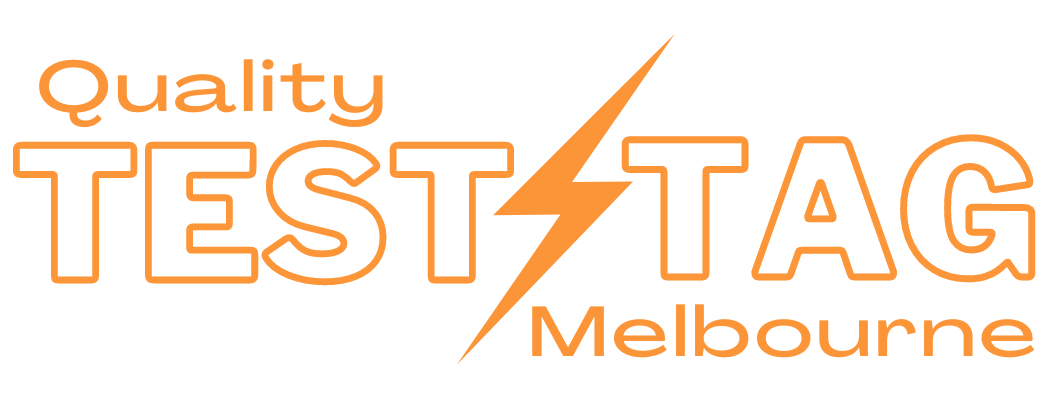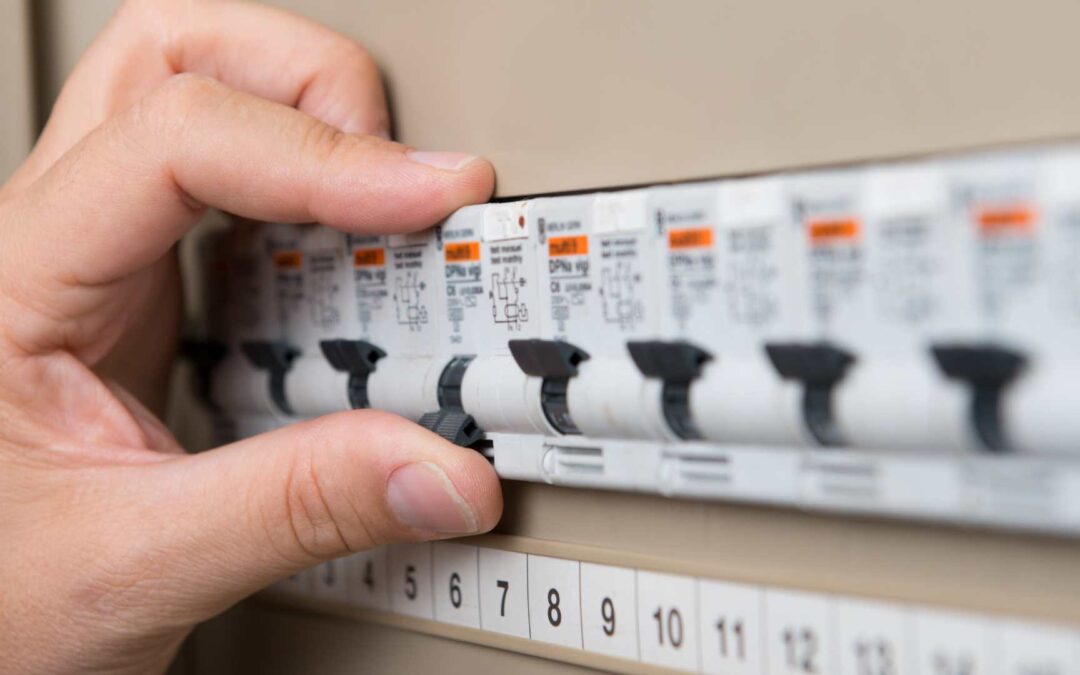Test and tagging is a process that is conducted to ensure the safety of electrical appliances and equipment. It involves performing a series of tests to check the condition of the appliance and tagging it to indicate that the tests have been done. This process is not only important for safety reasons but also to meet the requirements of the relevant legislation.
The purpose of test and tagging is to minimize the risk of electric shock and fire caused by faulty electrical appliances. The tests are conducted to identify any faults or defects in the appliance, such as loose connections, damaged wiring, worn-out insulation, and damaged plugs and cords. Once the tests have been completed, the appliance is tagged to indicate that the tests have been done.
Test and tagging is a legal requirement in Australia, as outlined in the Occupational Health and Safety Regulations. The regulations state that all electrical equipment used in the workplace must be tested and tagged at least every 12 months. This includes equipment such as computers, appliances, power tools, and office machinery.
Test and tagging is usually conducted by a qualified electrician. The process involves visually inspecting the appliance, followed by a series of electrical tests. These tests typically include insulation resistance testing, earth continuity testing, and polarity testing. Each test is designed to identify any potential faults in the appliance.
Once the tests have been completed, the electrician will attach a tag to the appliance. The tag will contain information about the tests that were conducted and the date of the next test. It is important that the tags remain in place, as this is the only way to prove that the tests have been done.
Test and tagging is a vital part of electrical safety. By ensuring that all electrical appliances and equipment are tested and tagged regularly, you can minimize the risk of electric shock and fire. This will help to ensure the safety of your employees and the public and will also help you to comply with the relevant legislation.
Test and tagging is a relatively simple process, but it is important that it is done correctly. It is recommended that you contact a qualified electrician to have the tests conducted. They will be able to advise you on the best methods to use, and they will also be able to provide you with the necessary tags.
In summary, testing and tagging is a vital parts of electrical safety. It is a legal requirement in Australia, and it is important that it is done correctly. By having all of your electrical appliances and equipment tested and tagged, you can minimize the risk of electric shock and fire and ensure the safety of your employees and the public.

